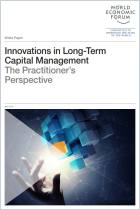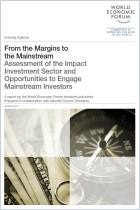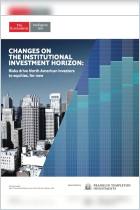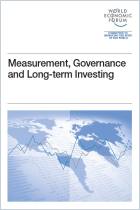Recommendation
This encyclopedic effort by two prominent financial scholars, E. Philip Davis and Dr. Benn Steil, leaves no stone unturned and virtually no question unanswered. The authors have managed to thread through the labyrinth of institutional investing, covering multitudes of regulatory, economic, practical and theoretical issues without ever losing their readers. Astonishingly well-organized and clearly written, this book is an outstanding reference. If it has a flaw, it may be that it is almost too vast to digest. And, of course, it is rapidly becoming dated. Having been published in 2001, it could not take into account the dramatic events and implications of the dot-com bubble and the wave of corporate scandals that raised such serious questions about the role and responsibility of institutional fiduciaries. Yet it does cover, with foresight, globalization and many other trends in the world of investment. getAbstract.com highly recommends this book for all the knowledge it conveys to corporate finance executives and investors at every level.
Summary
About the Authors
E. Philip Davis is Professor of Economics and Finance at Brunel University and Visiting Fellow at the National Institute of Economic and Social Research in London. Dr. Benn Steil is Senior Fellow and Linda J. Wachner Chair in Foreign Economic Policy at the Council of Foreign Relations and editor of the journal International Finance.























Comment on this summary or 开始讨论